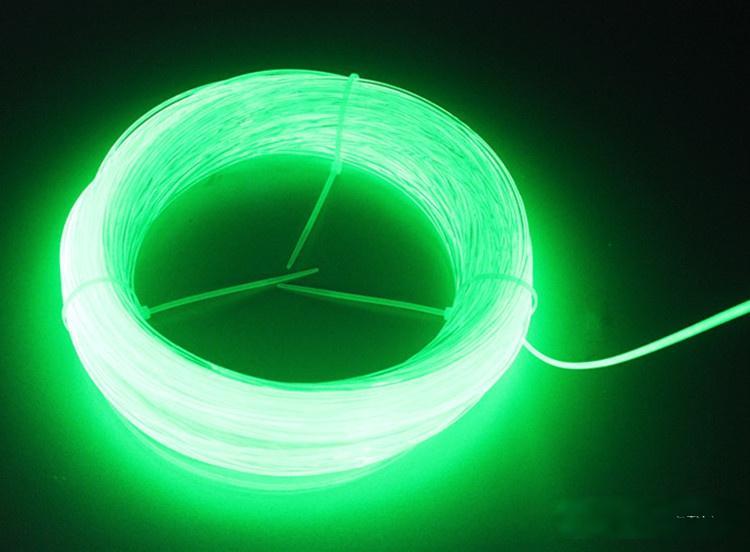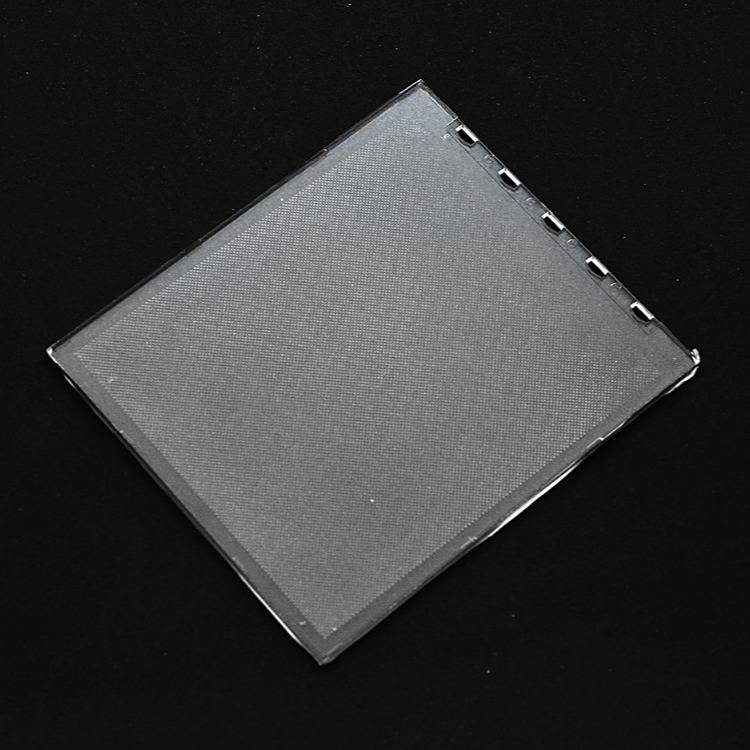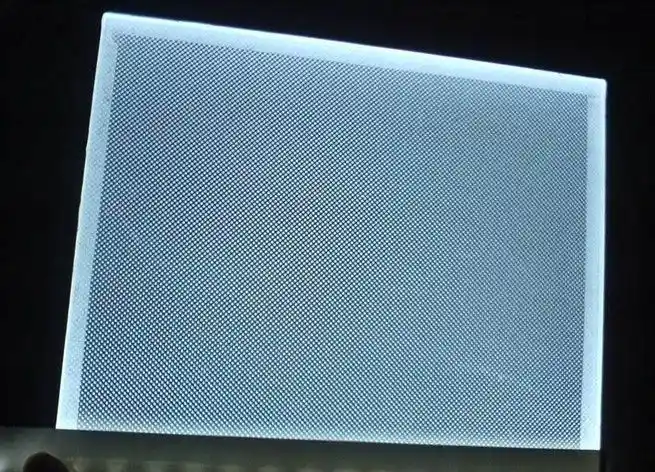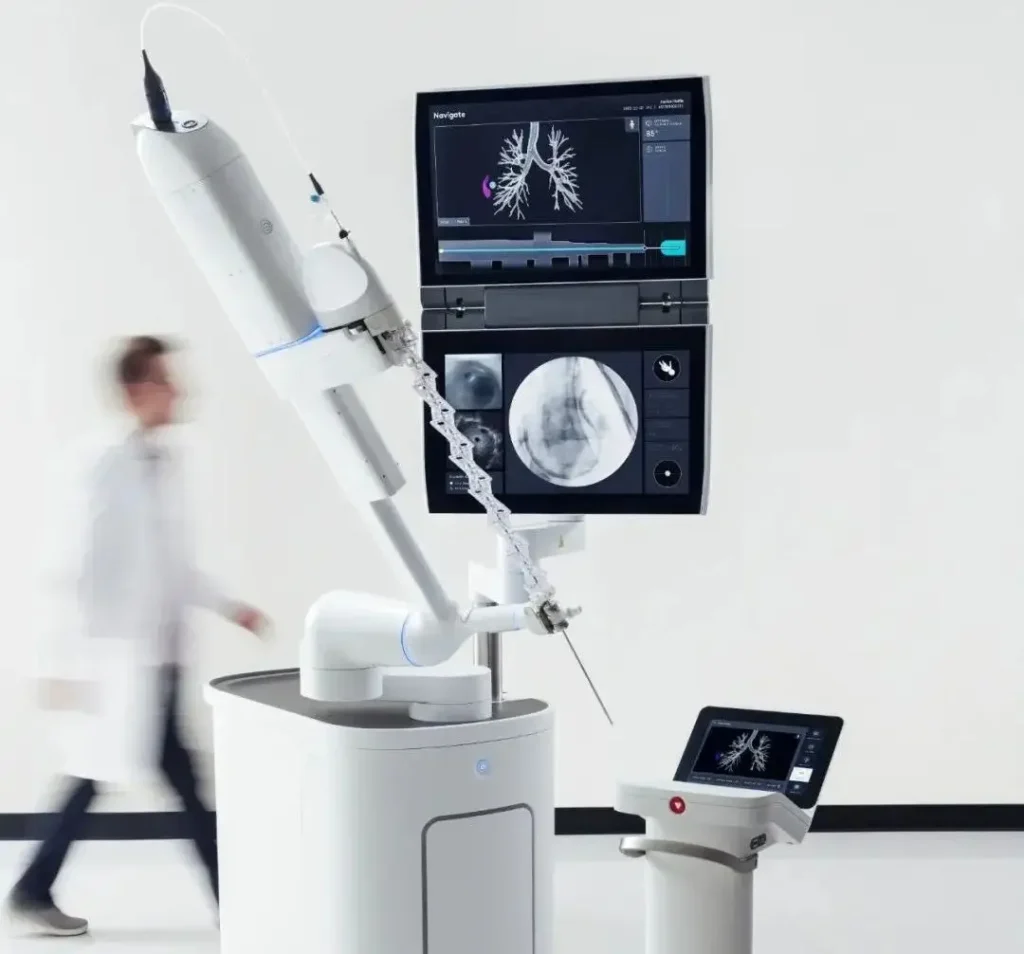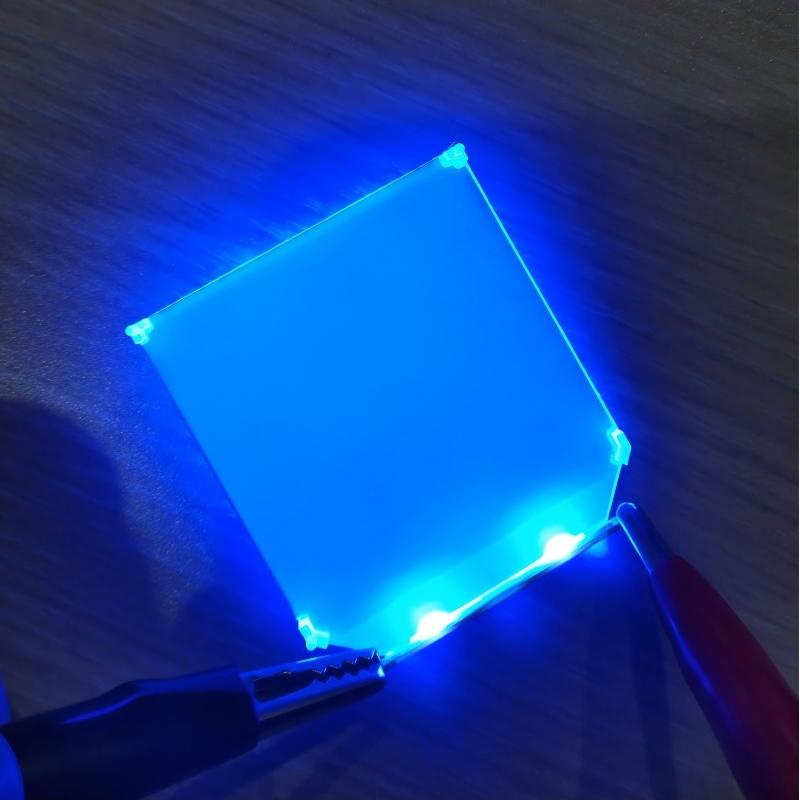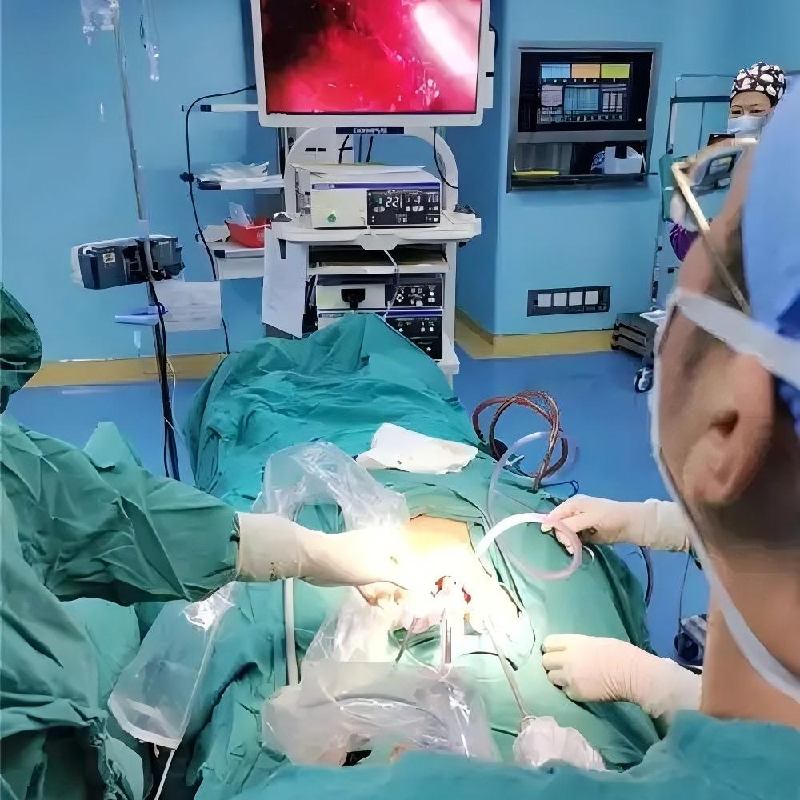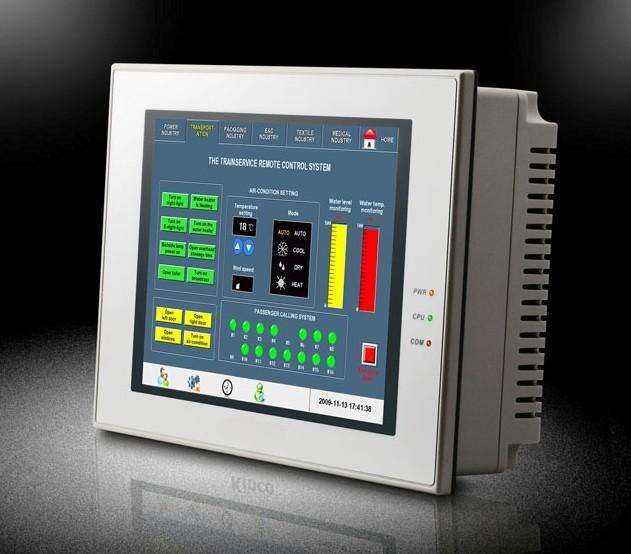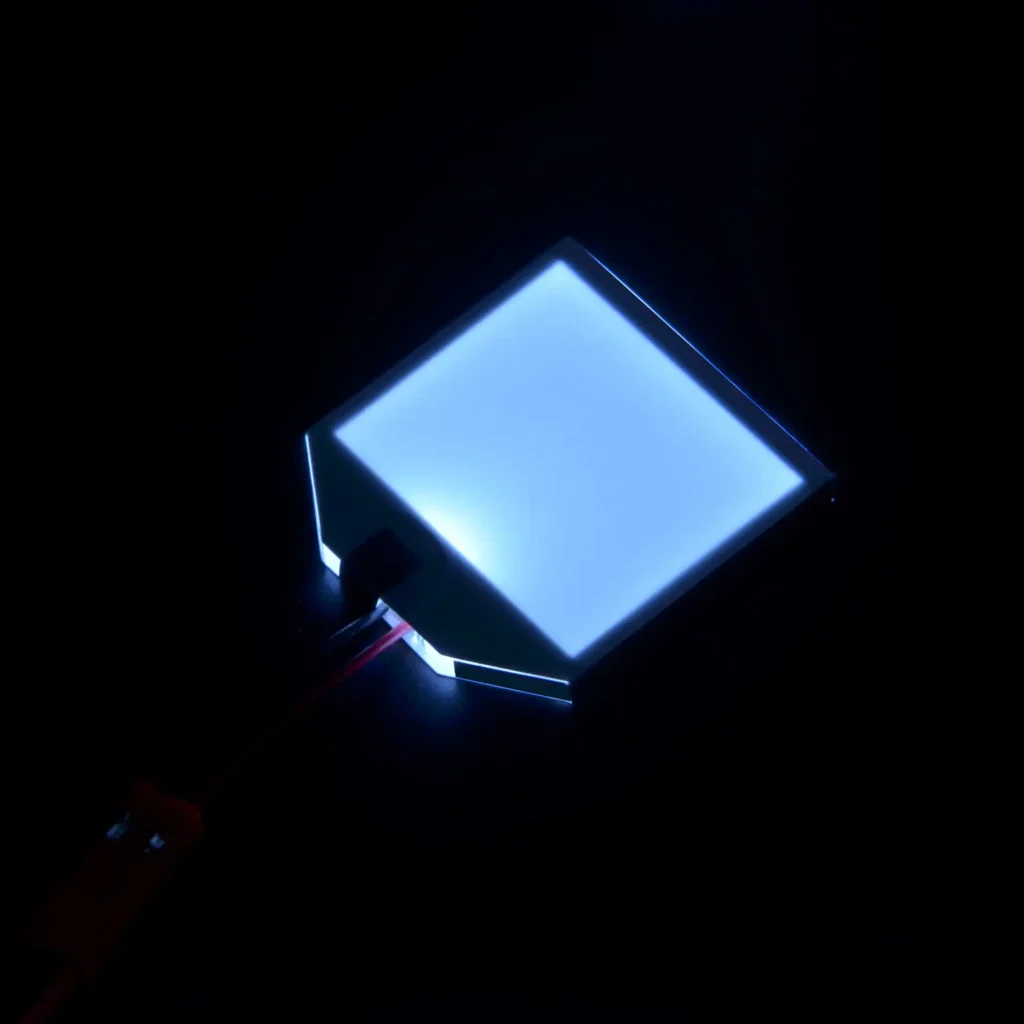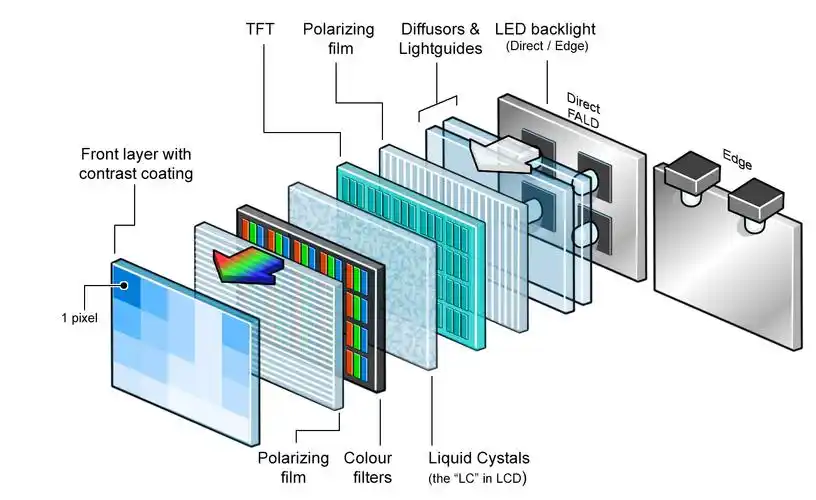1. Plastic Optical Fiber (POF): The Powerhouse of Popular Innovation プラスチック光ファイバー(POF):普及したイノベーションの原動力 プラスチック光ファイバーは、その柔軟性、設置の容易さ、低コストのおかげで、装飾照明で最も広く使用されている材料となっています。その直径は通常0.5〜3mmの範囲であり、その重量は同じ長さのガラス繊維のわずか3分の1であるため、複雑な曲線や狭いスペースの周りを柔軟に配線できます。 POFの主な利点は、その優れた耐衝撃性にあります。踏まれたり曲げられたりした後でも完全に機能します。また、特殊な工具なしで切断できるため、DIY改修への障壁が大幅に低くなります。これにより、星空の天井などに人気があります[...]
カテゴリーアーカイブ: Blog
1 Wavelength penetration map, the basic law of optical medicine The medical application of light is first a competition of penetration depth. There are significant differences in the ability of photons of different wavelengths to penetrate human tissue, and this characteristic directly determines their medical application scenarios. Ultraviolet light (100-400nm) is at the short-wave end of the spectrum, among which UVB (290-320nm) mainly acts on the epidermis, and has been proven to effectively inhibit the excessive proliferation of keratinocytes, becoming the gold standard for the treatment of psoriasis. UVA (320-400nm) can reach the superficial dermis with its longer wavelength, activating photosensitizers in deep lesions in photodynamic therapy. The penetration of visible light (400-760nm) […]
1. Physical cornerstone: perfect control of total reflection effect The core magic of the light guide plate comes from the total reflection effect of light at the interface of transparent media. When light is emitted from a high refractive index medium (such as PMMA, refractive index ≈1.49) to a low refractive index medium (such as air, refractive index ≈1.0), if the incident angle θ is greater than the critical angle, the light will be completely folded back into the interior of the medium with almost no energy loss. This principle is precisely described by Snell’s law (OSA Publishing). The PMMA light guide plate constructs an optical “trap” that allows the light entering it to be efficiently […]
この文脈において、革新的な材料であるPV導光フィルムが夜明けの光のように登場しました。それは光電変換に直接関与するわけではありませんが、巧妙な「導光体」のように、独自の物理構造を通じて電池内での光の経路を最適化し、エネルギー捕獲効率を倍増させます。
1 Technological evolution, a leap from halogen to LED Traditional halogen lamps were once regarded as the “gold standard” for surgical lighting, but their limitations are becoming increasingly prominent. Halogen lamps have a lifespan of only 500-1000 hours, and the light source needs to be replaced every 1-2 months. In addition, high heat radiation accelerates the drying of patient tissues and even burns the medical team. The introduction of LED technology has completely changed the rules of the game. Taking the Dräger Polaris series as an example, its lifespan exceeds 30,000 hours, which is more than 15 times that of halogen lamps. More importantly, the spectral performance – when the color temperature […]
Today, when liquid crystal display (LCD) technology dominates the visual world, it is the hero behind the scenes – the backlight source that gives it a fresh life. When the traditional cold cathode fluorescent lamp (CCFL) gradually becomes history, LED backlight completely reshapes the display rules with its excellent performance. Understanding its precise working principle is the key code to interpret this visual revolution. 1. Quantum Leap in Energy Conversion: The Core of LED Light Emission LED (light emitting diode) is essentially a semiconductor PN junction device. Its core lies in electroluminescence: when current flows, electrons and holes recombine in specific semiconductor materials (such as GaAs, GaN), and the excess energy is accurately released […]
For a long time, the lights in the operating room have been like silent dancers, and their projection direction and brightness determine the clarity of the surgeon’s vision. From flickering candlelight to dazzling halogen lamps, to efficient LEDs, surgical lighting has undergone a long evolution. However, the inherent limitations of overhead light sources – inevitable shadows, frequent adjustment requirements, and insufficient illumination of deep cavities – have always been the “Achilles heel” of surgical precision operations. The rise of cavity illumination marks a new era of surgical illumination from “external projection” to “internal lighting”, bringing revolutionary solutions to these pain points. 1. Core breakthrough: completely eradicate shadows and achieve shadowless precision […]
Human-computer collaboration significantly improves medical efficiency and resource accessibility Telemedicine breaks the geographical cage: Video consultation and remote monitoring technology enable high-quality medical care to transcend mountain barriers. According to the World Health Organization report, telemedicine can increase the coverage of medical services in resource-poor areas by more than 30%, so that remote patients no longer lose hope of treatment due to distance. Automated processes free the hands of medical staff: Voice recognition to input medical records, intelligent guidance robots to divert patients, and automated reporting systems free medical staff from complicated affairs. The practice of the Mayo Clinic in the United States has proved that such technologies can reduce the administrative time […]
1.材料基盤:光学グレード透明材料の優れた性能 導光板は決して普通の透明体ではありません。極めて高い光線透過率(通常92%以上)、低い散乱率、優れた機械的安定性を持つ材料が要求される。ポリメチルメタクリレート(PMMA)やポリカーボネート(PC)が主流となっている。PMMAは、最大93%の光透過率と約1.49の屈折率を持ち、効率的な全反射を実現するための理想的な礎となっています。PCは、より強い耐衝撃性(PMMAの10倍以上)を持つため、自動車などの過酷な環境で使用されています。素材自体の純度と光学的均一性は、[...]の基本的な保証である。
1.光源革命:CCFLからLEDへのグリーン転換 バックライト・システムの中核となる電源は、根本的な変化を遂げた。初期の冷陰極蛍光ランプ(CCFL)は明るさに優れていたが、消費電力が高く、サイズが大きいため、技術的な足かせとなっていた。白色LEDは、最大40%(米国エネルギー省のデータ)の消費電力削減、小型化、即時調光により、業界標準を完全に塗り替えた。OLEDが「自発光」を謳う中、主流のLCDスクリーンはLEDバックライトを採用し、進化を続けている**。2.リフレクター:光エネルギー・ガーディアンの精密ゲーム あらゆる光線 [...]...

